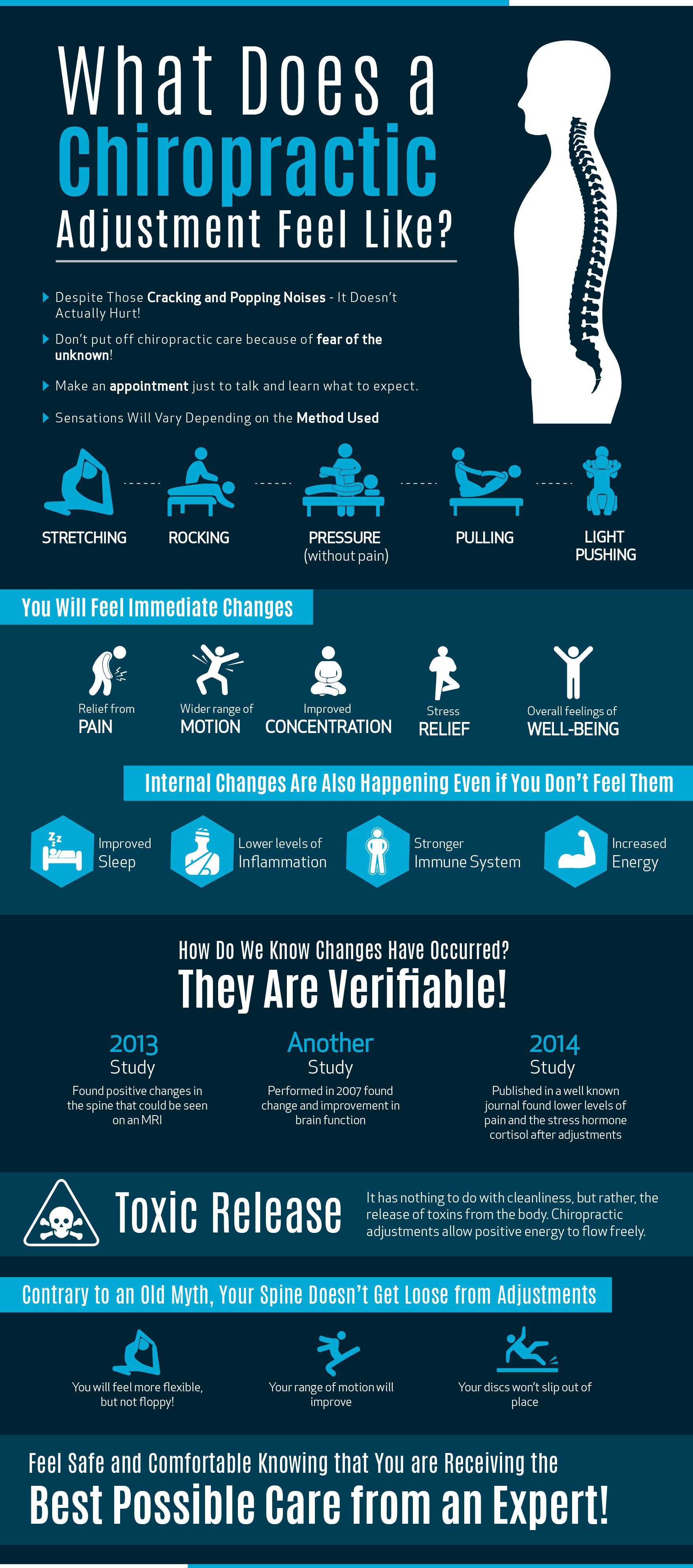Be Prepared To Decipher The Appealing Mobile Communications Associated With Cold Laser Therapy And Its Application Of Light For The Function Of Recovery. Immerse Yourself Better Into The World Of Scientific Research!
Be Prepared To Decipher The Appealing Mobile Communications Associated With Cold Laser Therapy And Its Application Of Light For The Function Of Recovery. Immerse Yourself Better Into The World Of Scientific Research!
Blog Article
Post Author-Jespersen Pedersen
You may have become aware of cold laser therapy as an encouraging treatment choice for different problems, but have you ever wondered just how it really deals with a mobile degree? Understanding the systems behind this therapy can clarify its effectiveness in advertising recovery and reducing swelling. By exploring laser based pain relief behind cold laser therapy, you'll obtain insights into the interesting ways in which light can affect mobile processes and facilitate cells repair work.
Just How Cold Laser Treatment Works
To recognize exactly how cold laser treatment functions, you need to grasp the basic concepts of exactly how light power interacts with organic tissues. Cold laser treatment, likewise called low-level laser treatment (LLLT), utilizes particular wavelengths of light to pass through the skin and target hidden cells. Unlike the extreme lasers utilized in operations, cold lasers discharge reduced levels of light that don't produce heat or trigger damage to the cells.
When these gentle light waves get to the cells, they're taken in by parts called chromophores, such as cytochrome c oxidase in mitochondria. This absorption sets off a series of biological reactions, including raised mobile energy manufacturing and the release of nitric oxide, which improves blood circulation and minimizes inflammation.
Additionally, the light power can additionally promote the manufacturing of adenosine triphosphate (ATP), the energy currency of cells, aiding in mobile repair and regeneration processes.
Basically, cold laser therapy harnesses the power of light energy to promote healing and alleviate discomfort in a non-invasive and gentle manner.
Devices of Action
Exactly how does cold laser therapy actually function to create its therapeutic effects on organic tissues?
Cold laser treatment, likewise called low-level laser treatment (LLLT), runs with a process referred to as photobiomodulation. When the cold laser is related to the skin, the light energy passes through the cells and is soaked up by chromophores within the cells.
These chromophores, such as cytochrome c oxidase in the mitochondria, are then stimulated by the light energy, resulting in a waterfall of organic reactions. One essential mechanism of action is the improvement of cellular metabolic rate.
The taken in light energy raises ATP manufacturing in the mitochondria, which is vital for cellular function and repair. Furthermore, cold laser treatment aids to decrease inflammation by preventing inflammatory arbitrators and advertising the release of anti-inflammatory cytokines.
This anti-inflammatory effect adds to discomfort relief and tissue recovery.
Therapeutic Impacts
Recognizing the therapeutic impacts of cold laser therapy entails identifying just how the improved cellular metabolic rate and anti-inflammatory properties contribute to its favorable end results on biological cells.
When the cold laser is applied to the affected location, it boosts the mitochondria within the cells, causing raised manufacturing of adenosine triphosphate (ATP), which is vital for mobile function and repair work. This increase in mobile power accelerates the recovery process by promoting cells regrowth and minimizing inflammation.
In addition, the anti-inflammatory residential properties of cold laser therapy help to reduce pain and swelling in the targeted location. By preventing inflammatory conciliators and promoting the release of anti-inflammatory cytokines, cold laser therapy help in relieving discomfort and boosting the total healing feedback.
This reduction in swelling not only provides prompt relief but likewise sustains long-lasting tissue repair.
it works defining gel before and after
To conclude, cold laser therapy works by boosting cellular repair work and tissue regeneration via photobiomodulation. Its anti-inflammatory residential properties offer discomfort alleviation and minimize swelling by inhibiting inflammatory conciliators.
This treatment provides an extensive technique to healing, providing both instant alleviation and lasting cells fixing benefits.
Through its mechanisms of activity, cold laser treatment shows to be an effective and promising therapy alternative for a range of conditions.
